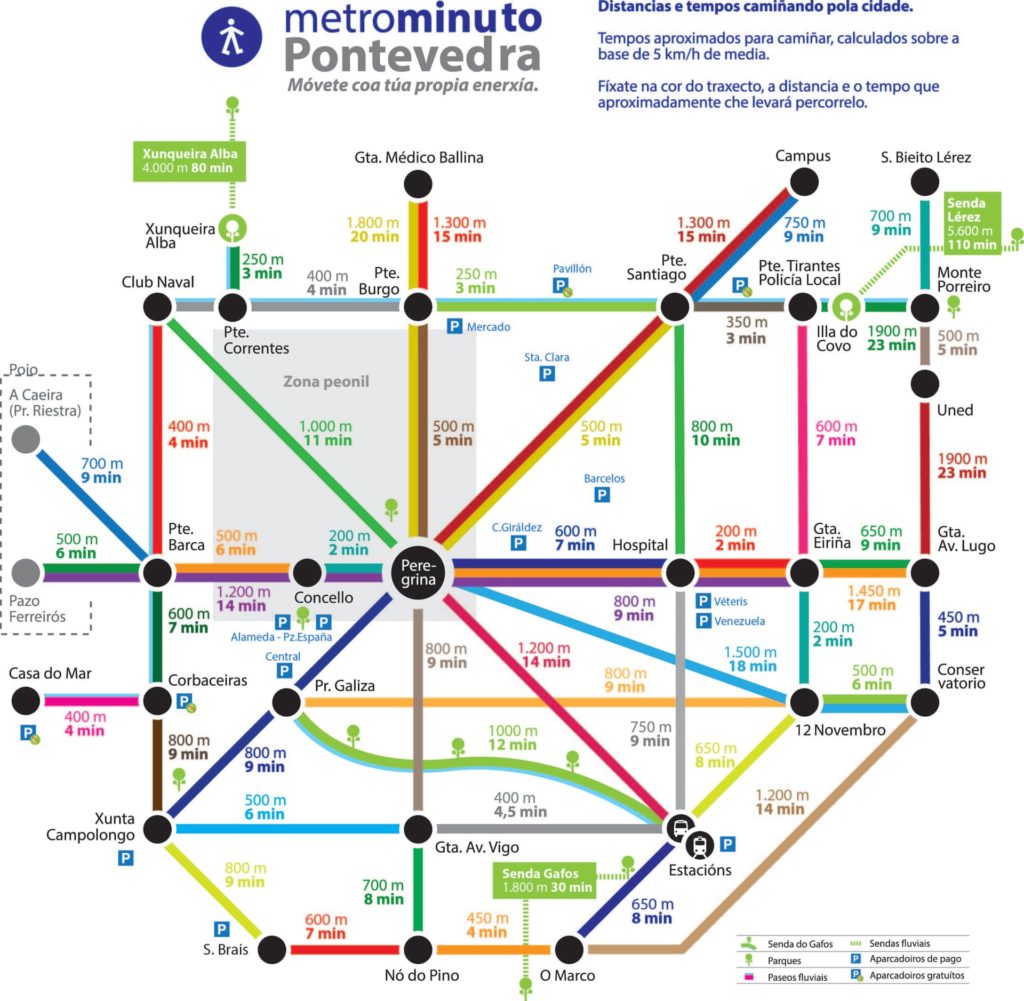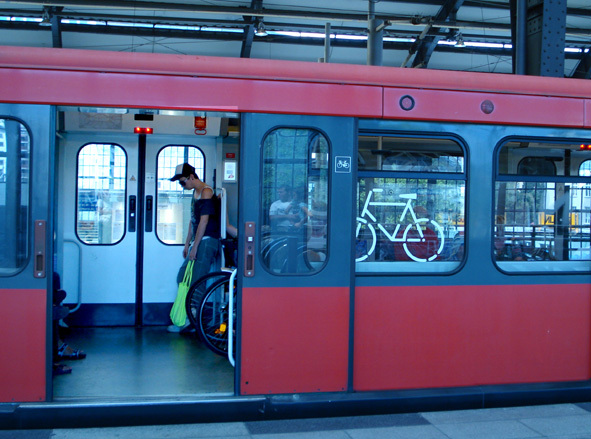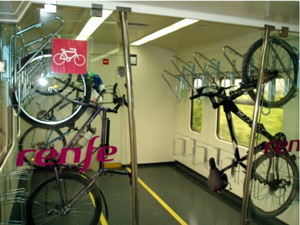Donostia is one city in the north of Spain. It has gone after making citizens lives healthier for ages. Back in the 90s, the city started changing its goal towards people and sustainable mobility. As a result, pedestrianization was shyly used with the opposition of some businesspersons and political opponents at the beginning. The first group feared a reduction in sales, whereas the former made noise just to try scratching some votes. Fortunately, sales in local businesses increased in pedestrian areas since potential buyers had more time to walk absentmindedly, hence to enjoy the short-noise, pleasant spaces. These interventions have improved people life quality and showed other cities the right path. Such actions were spread out strategically to historical and tourist areas like the Concha beach as time went by. In turn, satisfaction indicators boomed. Today, local businesspersons demand strengthen pedestrianization to the mayor conversely to what asked for at the end of the last century.
Regarding bicycles, Donostia has made efforts to build bike lines, increase the bike road network to more than 52 km, implement Dbizi (the local public bike sharing system), create the Bicycle Observatory, a bike registry, etc. The Bicycle Observatory (http://www.cristinaenea.eus, in Spanish and Basque) aims at promoting the bicycle use in the city by giving practical tips, rules and explaining the relation between bicycles-pedestrians / bicycles-cars to urban bikers and stakeholders. Moreover, it gives advice about what to do when your bike is stolen. And finally, it organizes courses and workshops to foster the bike use.



